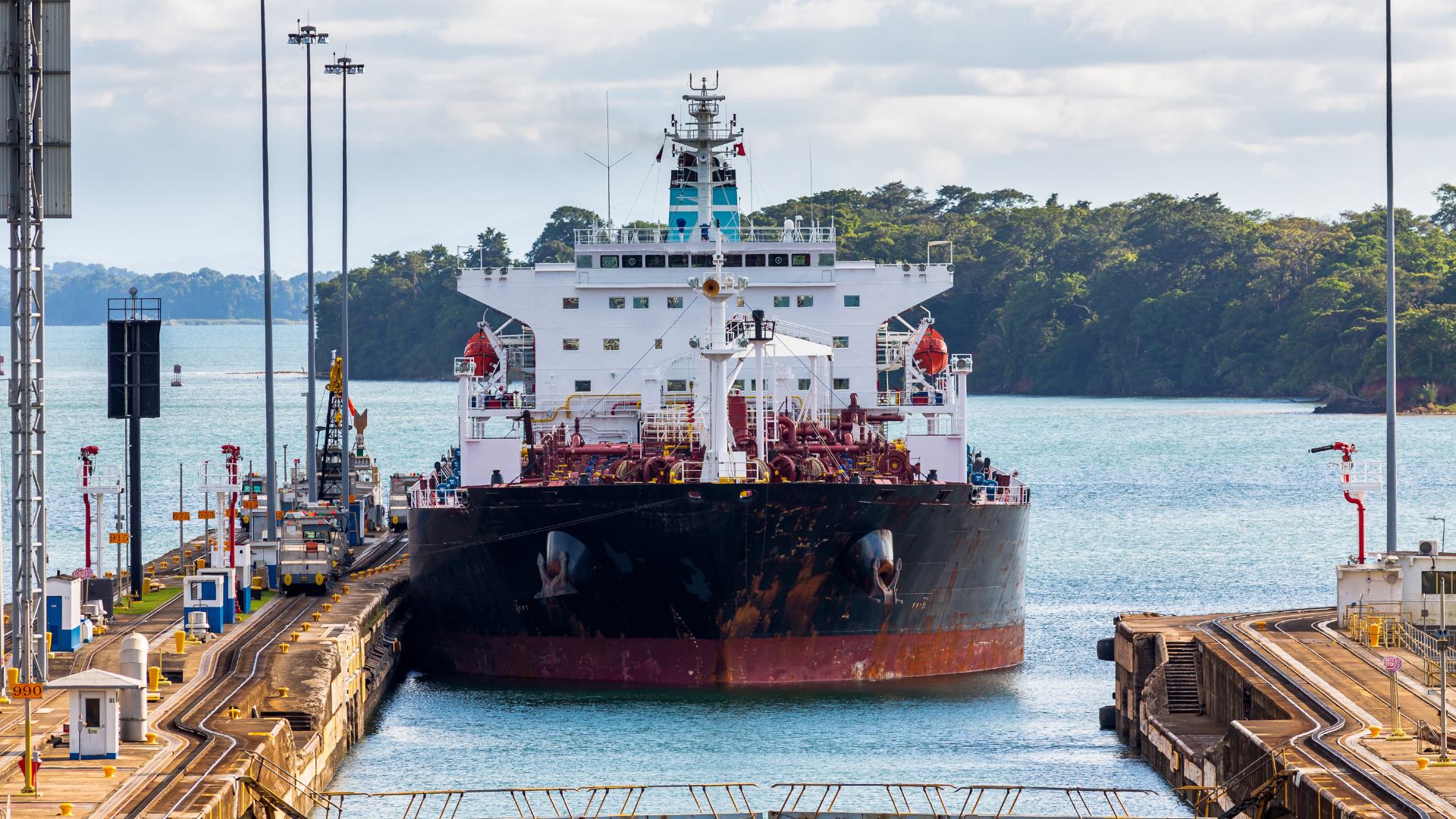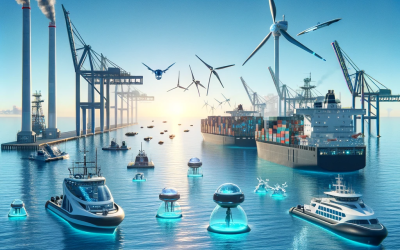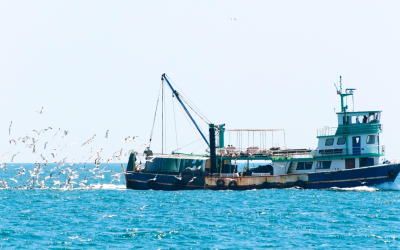Table of contents
To understand the situation Panama marine traffic situation faced in the Panama Canal today, we are going to take a brief historical tour of its basic operation. In this way, we can have a better understanding of the challenges facing the canal’s most valuable resource: water.
In this article, you will learn how climate change is affecting the important waterway.
Historical Background
The idea of a canal across the Isthmus of Panama dates back to 1534. Over the centuries, various nations attempted to establish a trade route but faced challenges due to the region’s challenging conditions.
The French, inspired by their Suez Canal success, began construction in 1881. However, they encountered numerous challenges, including tropical diseases and engineering difficulties. The French effort went bankrupt in 1889 after spending US$287,000,000 and witnessing the death of an estimated 22,000 workers.
The US’s interest in the canal led to the separation of Panama from Colombia in 1903. Finally, the US purchased the French interests in Panama and began their own construction efforts.

The Canal Operations
The canal uses a system of locks to lift ships up to Gatun Lake and then lower them on the other side. This requires a significant amount of fresh water for each passage.
The original locks were 33.5 meters wide. A third, wider lane of locks was added between 2007 and 2016 to accommodate larger NeoPanamax ships.
The Panama Canal provides a shortcut for maritime trade, reducing the time for ships to travel between the Atlantic and Pacific oceans. This has had a profound impact on global trade patterns and has contributed to economic growth in many regions.
Challenges
In September 2020, the Panama Canal Authority announced plans for the design, construction, and implementation of an optimized water resource management system. This system aims to ensure water availability for human consumption, and canal operations, and maintain the competitiveness of the interoceanic route, considering sustainable development and socio-environmental management.
Rainfall patterns show significant variations, directly affecting water availability in the Canal’s lake systems. The world is experiencing notable climate changes, and the Canal’s Basin is no exception. Rainfall recorded in the Canal’s Hydrographic Basin during 2022 showed an 8.5% increase compared to the historical average. However, the early onset of the dry season in 2023 tested the Canal’s routine measures implemented during scarce rainfall months.
The Panama Canal is working on the Water Program, an ambitious initiative that seeks a comprehensive solution to the water shortage problem. In the meantime, a series of water-saving measures are being implemented to ensure water availability for the population and Canal operations. The variations in climate are evident, and their impact is increasingly significant, for example with the Panama marine traffic.
Consequently, the Panama marine traffic faces threats from low water levels during droughts, which can hinder its operations. Climate change poses additional challenges, potentially affecting rainfall patterns and water availability.
Panama Marine Traffic
The Canal faces significant challenges due to changing rainfall patterns, which have impacted its operations. A team of specialists is working on identifying new water sources and technologies to reduce exclusive dependence on the rainfall regime, ensuring water supply for the population and guaranteeing the sustainability of the country’s primary enterprise.
Therefore, the canal will incorporate the value of water in the line of other maritime services through a freshwater charge, which will depend on the resource’s availability at the time of the ships’ transit. This charge is applicable to all ships over 125 feet in length that transit the Canal. The changes in rainfall patterns have impacted the Panama Canal, and just as the company is adapting, customers will also need to adapt with more efficient measures.
Ricaurte Vásquez Morales, the administrator of the Panama Canal, mentioned that unusually high ocean temperatures, an atypical rainy season, and the persistence of the El Niño climate phenomenon mean that they will have to continue restricting vessel traffic until 2024.
Daily traffic has been reduced to 32 transits from the previous 36 due to the decrease in freshwater levels in key reservoirs. The ongoing restrictions imply that the canal will likely operate below its total capacity in the months leading up to Christmas and the Chinese New Year, times when it’s usually busiest.
The administrator stated that while this isn’t the most severe drought Panama has faced, given the canal’s operation, it’s the most severe drought they are dealing with at the current level of operations. He also mentioned that the canal would maintain draft levels at 13 meters, sufficient for about 70% of the canal’s traffic, and would reduce transit slots if necessary to maintain those levels.
Conclusion
Overall, the Panama Canal stands as a testament to human determination and engineering prowess. Its construction faced numerous challenges, from environmental and health issues to engineering and political hurdles. Yet, its successful completion revolutionized global trade.
As we move forward, it’s crucial to address the ongoing challenges, such as the Panama marine traffic to ensure its continued significance in global commerce.
Sources: Bloomberg, Panama Canal & Wikipedia.





0 Comments